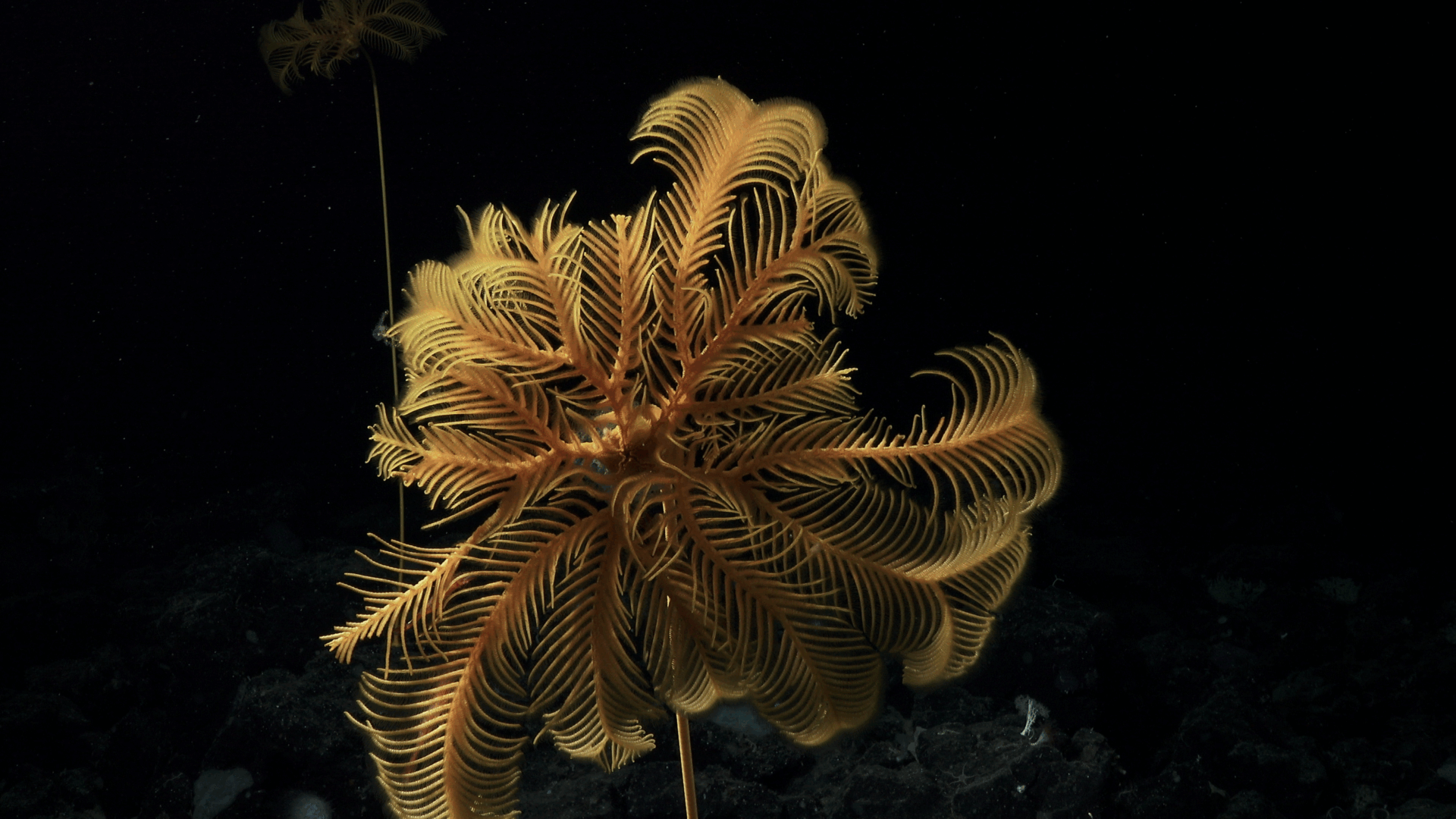This exhibition opens with an immediate sense of presence and movement. The gallery evokes the sea with subtle hints of salt and resin in the air. Visitors move through spaces that explore the meeting of land and water where memory and environment converge. Using water as a lens, the works examine history, ecology and human impact, tracing centuries of extraction, colonial influence and environmental change. Sculpture, video, photography and installation reveal how human activity shapes marine ecosystems.
Oceans cover over 70% of the Earth’s surface, yet they are contested spaces, repositories of memory and sites of both fragility and resistance. For All At Last Return immerses visitors in intertidal spaces, open waters and deep-sea realms through sculpture, video, photography and installation. Across these forms, artists explore the entanglement of culture, technology and ecology, revealing how human presence is inscribed upon marine life and landscapes. Themes of extraction, regeneration and ecological memory pulse through the exhibition, creating a dialogue between the present and the deep time of the oceans.
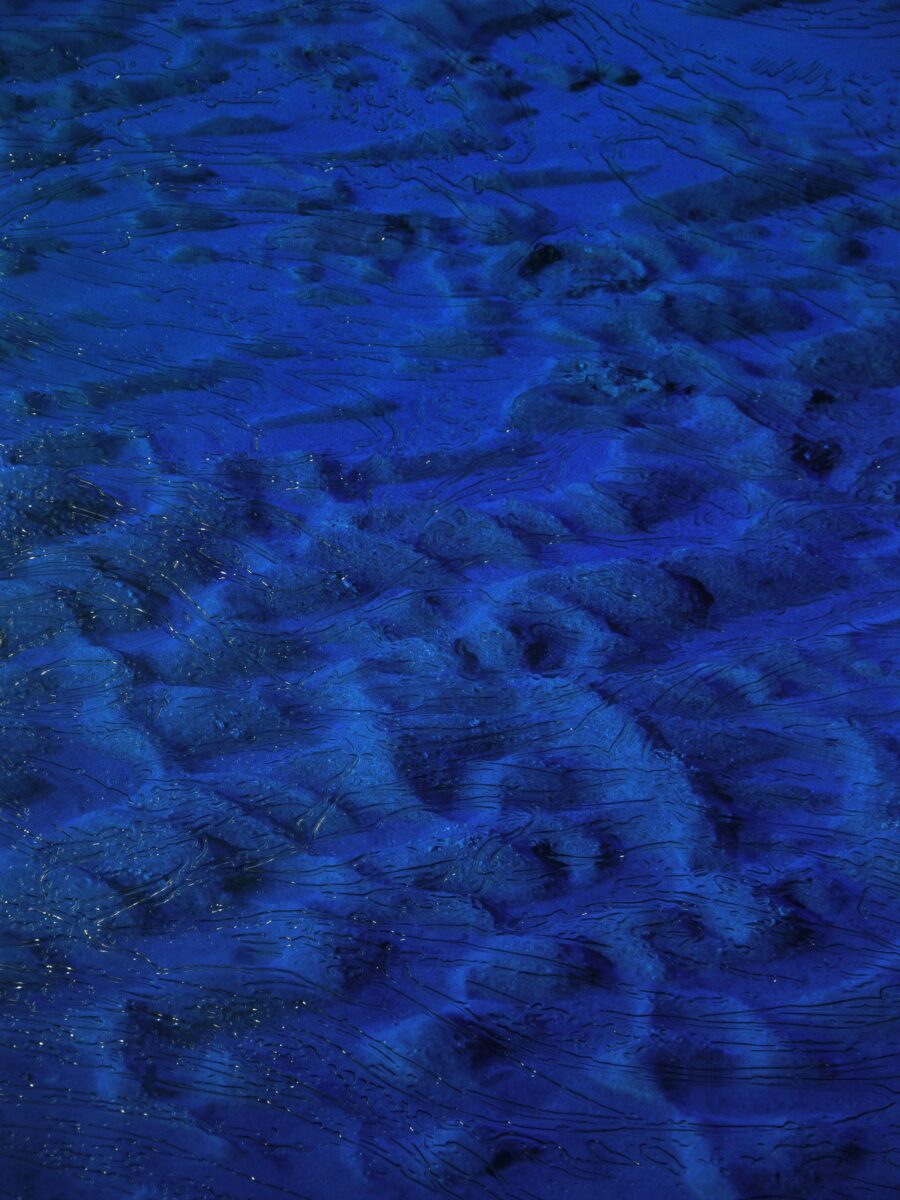
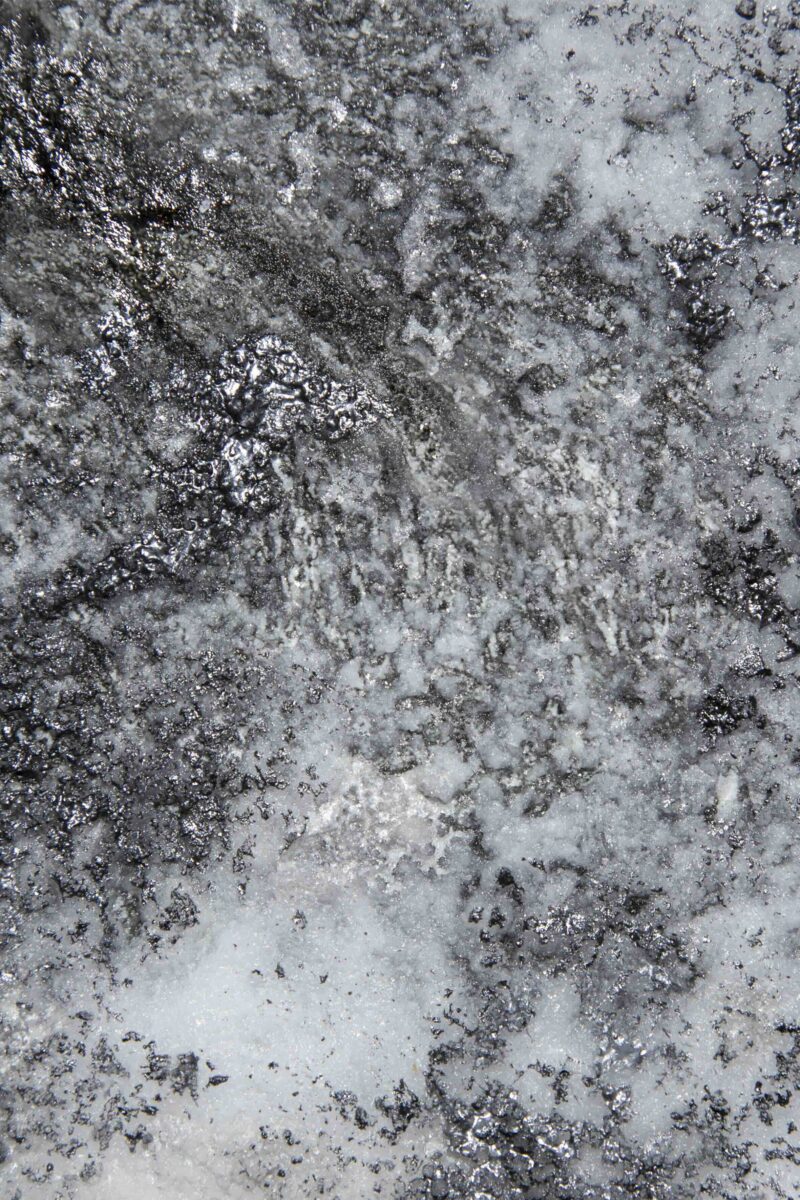
Monira Al Qadiri’s work glimmers with the contradictions of petro-culture, transforming mineral residues into visual analogues of coral reefs and deep-sea nodules. Her sculptural and video installations reflect both beauty and devastation, with surfaces that shimmer like oil slicks under shifting gallery lights. Flowing naturally from these mineralised landscapes, Michele Allen’s immersive environments unfold as speculative geologies, with sound and video tracing the subtle rhythms of tides and currents, suggesting water as collaborator rather than backdrop.
Bianca Bondi’s practice follows these currents into intertidal spaces, tracing shifts between surface and depth, visibility and disappearance, and inviting quiet contemplation of what lies beneath the waves. Shezad Dawood’s multi-media works extend this conversation to histories of extraction, indigenous cosmologies and ecological memory, interrogating the ocean as a site of myth, commerce and cultural exchange. The thread connecting these artists is a meditation on the fragile yet persistent life of marine ecosystems, urging reflection on human entanglement in watery worlds.
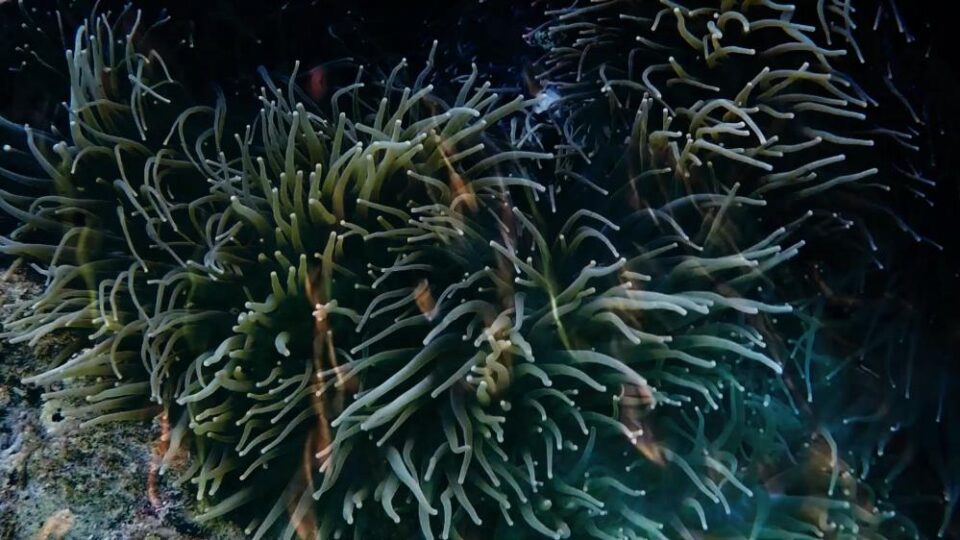
From these reflections on material and memory, the exhibition moves into cultural and performative engagements with water. Taloi Havini and Michael Toisuta foreground the ecological knowledge and cultural memory of Papua New Guinea’s coastal communities, emphasising reciprocity with the ocean and the resilience embedded in traditional practices. Joan Jonas extends this sensibility into immersive performance and video, capturing the ocean’s fluidity and the human impulse to connect with its rhythms.
Otobong Nkanga investigates extraction, contamination and interconnection through sculpture and performance, tracing the invisible currents that bind terrestrial and oceanic ecologies. Katja Novitskova transitions the experience into the speculative, using digital forms to visualise extinction and highlight the fragile boundary between life and loss within marine ecosystems. Together, these works create a continuum of human-ocean relationships, from ancestral stewardship to contemporary technological reflection, underscoring the entanglement of culture and ecology.
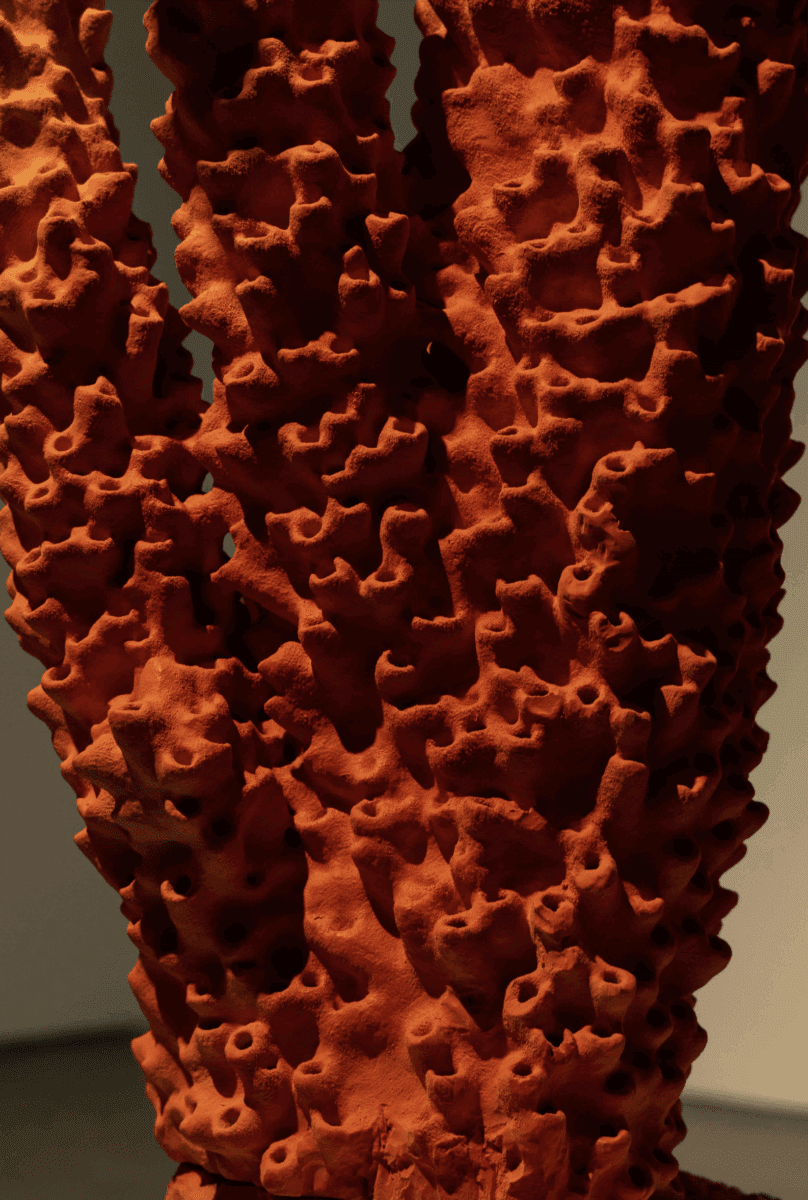
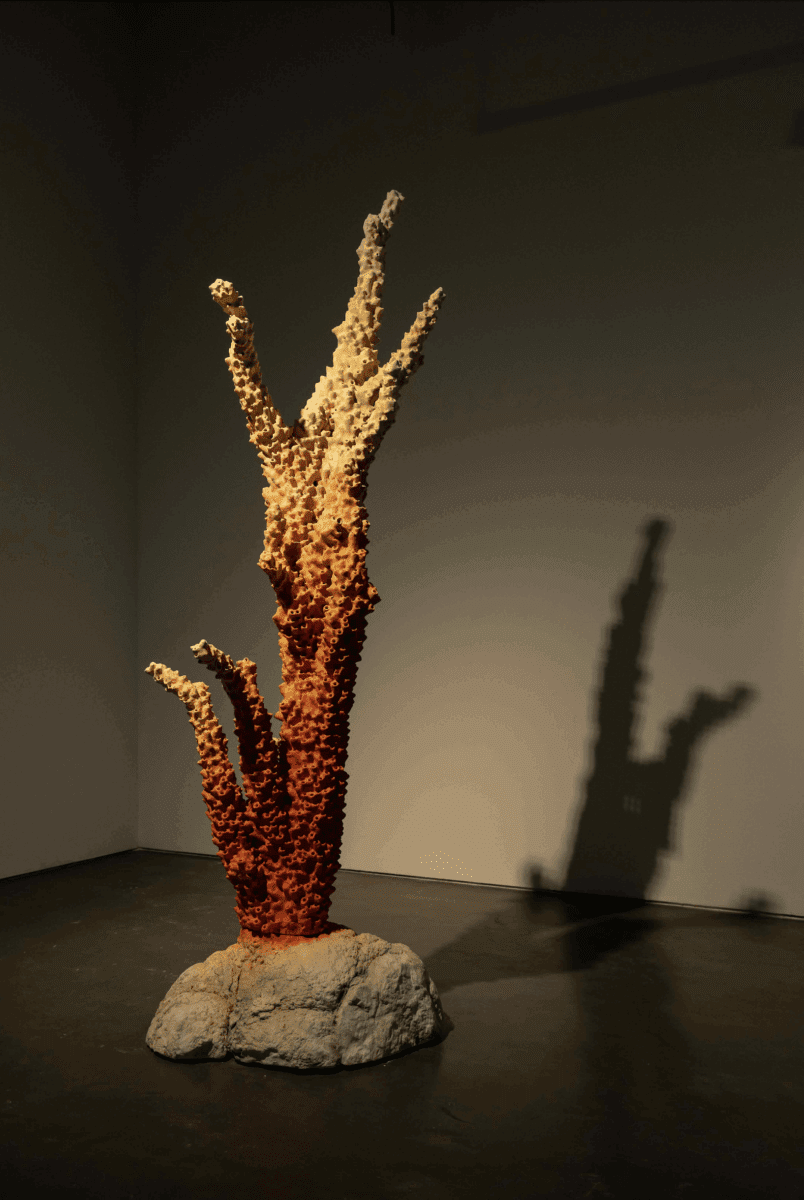
The exhibition’s exploration deepens with a focus on northern and transnational waters. Kristina Õllek engages with Baltic Sea ecologies, ice, brine and the liminal intertidal zone, evoking the quiet persistence of northern seas under environmental stress. Leticia Ramos bridges Brazilian and UK coastal environments, linking local and global perspectives on climate change, sea-level rise and human pressure on marine habitats. Emilija Škarnulytė’s cinematic and installation work immerses viewers in the hidden underside of oceans, mapping deep-sea mining, hypoxic zones and the consequences of industrial activity on unseen ecosystems. Rob Smith’s installations bring the ocean floor into focus, presenting seabed geology and mining nodules as sites of both human intervention and marine agency. The transition from Õllek to Ramos to Škarnulytė and Smith mirrors a journey from northern coasts to equatorial waters, and from surface ecologies to deep-sea interiors, creating a narrative arc that emphasises human impact.
Returning to overarching themes, For All At Last Return casts the ocean as both witness and participant in human history. The gallery’s dimmed light and echoing sounds of submerged currents create an immersive environment where extraction, colonization and ecological degradation are juxtaposed with acts of regeneration, resistance and cultural memory. By presenting the ocean as a living archive, the exhibition challenges audiences to confront the impacts of human activity while imagining new forms of relationality.
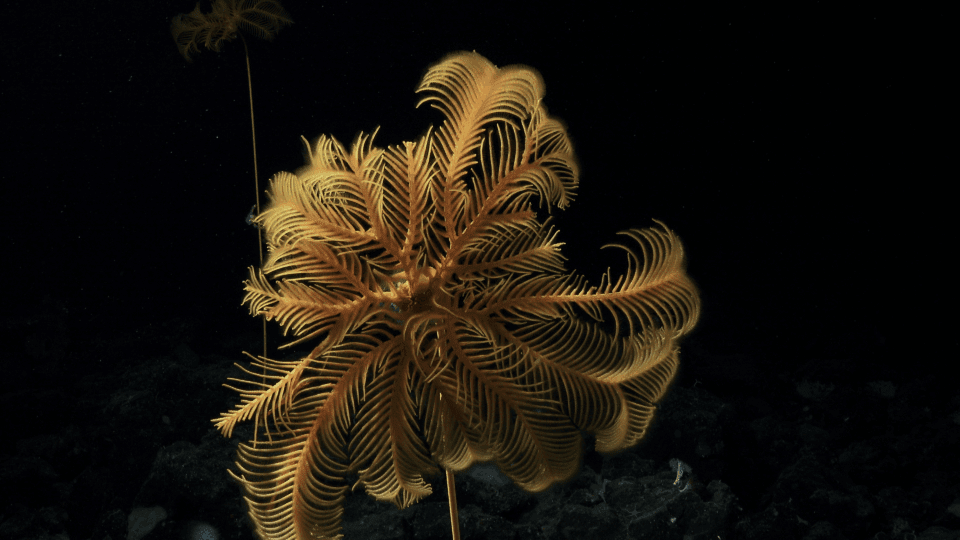
Marine ecologies emerge as global networks, interwoven with histories of colonisation, indigenous stewardship and contemporary scientific inquiry. Water becomes not only medium and muse but also mirror, reflecting human ambition, environmental consequence and the possibilities for repair. For All At Last Returncultivates ecological consciousness, inviting contemplation of the ocean’s endurance, the responsibility of the present moment and the potential for collaboration to restore balance.
For All at Last Return is at Baltic Centre, Gateshead until 7 June 2026: baltic.art
Words: Simon Cartwright
Image Credits:
1&7. Emilija Škarnulytė, Hypoxia, 2023. Image courtesy the artist.
2. Kristina Õllek, Breathing Deep Currency, 2025, Installation, Courtesy of the artist.
3. Kristina Õllek, Breathing Deep Currency, 2025, Installation, Courtesy of the artist.
4. Taloi Havini, Hyena Lullaby, 2019.
5. Shezad Dawood, Ghost Reef II, 2024, composite sand print and luminescent paint finishes, 220 x 75 x 75 cm. Courtesy the artist, photo © Mohamed Alaskandrani.
6. Shezad Dawood, Ghost Reef II, 2024, composite sand print and luminescent paint finishes, 220 x 75 x 75 cm. Courtesy the artist, photo © Mohamed Alaskandrani.


